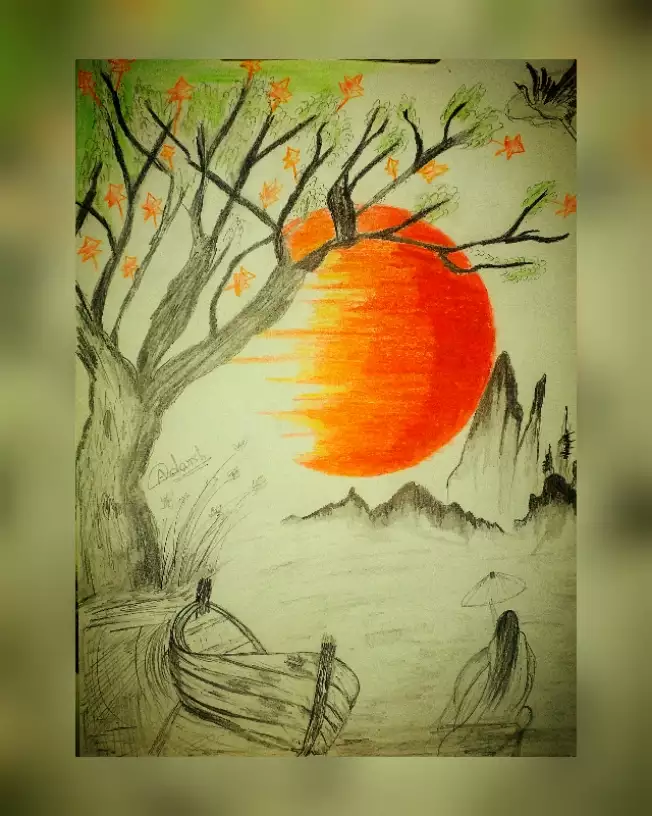Looking Into the Diverse Globe of Artistic Expression: From Surrealism to Abstract Realism
In the realm of artistic expression, from the dreamlike landscapes of surrealism to the intricate play of light and kind in abstract realism, artists have actually constantly pressed the borders of creative thinking and creativity. As we discover the multifaceted globe of art, we are presented with a tapestry of designs, strategies, and philosophies that test our understanding and provoke consideration.
Surrealism: Releasing the Subconscious
Surrealism, an avant-garde artistic activity of the 20th century, looked into the depths of the subconscious, introducing a world of dream-like imagery and unconventional juxtapositions. Headed by artists like Salvador Dali, René Magritte, and Joan Miró, Surrealism sought to test the traditional means of seeing and comprehending art. With techniques such as automatism and desire analysis, Surrealist musicians intended to take advantage of the subconscious mind to reveal hidden truths and desires.
Among the crucial elements of Surrealism was the focus on the irrational and the uncanny. By incorporating unforeseen elements in their works, Surrealist musicians aimed to produce a sense of disorientation and surprise in the customer. This disruption of reasoning and reason was implied to provoke a deeper expedition of the subconscious and the mysteries of the human mind.
Abstract Realism: Redefining Assumption
Challenging typical creative boundaries, Abstract Realism redefines understanding via the fusion of recognizable aspects with abstract forms. This cutting-edge method to art integrates the representational accuracy of realism with the creative freedom of abstraction, using visitors an one-of-a-kind aesthetic experience that triggers them to examine their perception of reality.
In Abstract Realistic look, musicians strive to catch the essence of their topics while also infusing their collaborate with a feeling of depth and intricacy with abstract elements. By blending the knowledgeable about the strange, these musicians invite audiences to engage with their items on several degrees, urging them to explore the subtleties of shade, form, and structure.

Cubism: Fragmenting Fact
Utilizing fragmented point of views and geometric kinds, Cubism revolutionized the imaginative representation of truth in the early 20th century. This strategy not only deconstructed reality yet also stressed the flatness of the canvas, leading the means for future abstract art motions.

Cubism can be categorized right into two primary stages: Analytical Cubism, characterized by monochromatic color design and elaborate, fragmented kinds; and Artificial Cubism, which included collage elements and brighter colors into the structures. Via these unique phases, Cubism affected not only paint but likewise style, architecture, and sculpture. trump art. Its effect reverberated across the art globe, motivating musicians to discover new means of translating and standing for the globe around them
Expressionism: Feelings on Canvas
Checking go to the website out the midsts of human emotions through dazzling and meaningful brushstrokes, Expressionism became a profound creative movement in the early 20th century. Unlike previous art activities that concentrated on showing the exterior world, Expressionism looked into the internal world of the artist's psyche, intending to evoke raw feelings and provoke natural reactions from visitors.
Expressionist musicians, such as Edvard Munch, Egon Schiele, and Emil Nolde, denied standard ideas of appeal and realistic look for distorting kind and shade to share subjective sensations. The use of overstated brushwork, strong colors, and altered figures assisted produce a sense of worry, alienation, or passion Home Page in their jobs.
Among one of the most famous instances of Expressionism is Munch's "The Scream," which captures the extreme anxiousness and misery of modern life through its swirling, distorted figure against a blood-red skies. Via their mentally billed jobs, Expressionist musicians looked for to challenge conventional artistic standards and supply a home window into the stormy midsts of the human spirit.
Contemporary Art: Evolving Perspectives

One of the defining qualities of modern art is its constant development and capacity to adjust to altering social landscapes. Musicians are increasingly integrating innovation right into their practice, blurring the lines in between the physical and digital realms. This blend of tools enables innovative methods of narration and involving with target markets in an extra interactive way.
In addition, modern art frequently works as a system for social commentary, dealing with pushing concerns such as identification, politics, and the atmosphere. Musicians are utilizing their job to prompt and stimulate crucial conversations idea, losing light on the intricacies of the globe we stay in. As point of views remain to progress, contemporary art continues to be a significant and vibrant pressure in forming our social landscape.
Conclusion
In conclusion, the Go Here globe of creative expression includes a large range of movements and styles, each with its own unique method to sharing meaning and feeling. From surrealism's exploration of the subconscious to abstract realistic look's redefining of perception, and from cubism's fragmentation of fact to expressionism's portrayal of feelings, art continues to develop and test point of views - trump art. Contemporary art shows the ever-changing world we reside in, supplying new methods to translate and understand the complexities of our reality
As we explore the multifaceted world of art, we are presented with a tapestry of designs, techniques, and approaches that challenge our understanding and provoke reflection. Its impact reverberated throughout the art globe, inspiring musicians to check out new methods of translating and representing the world around them.
